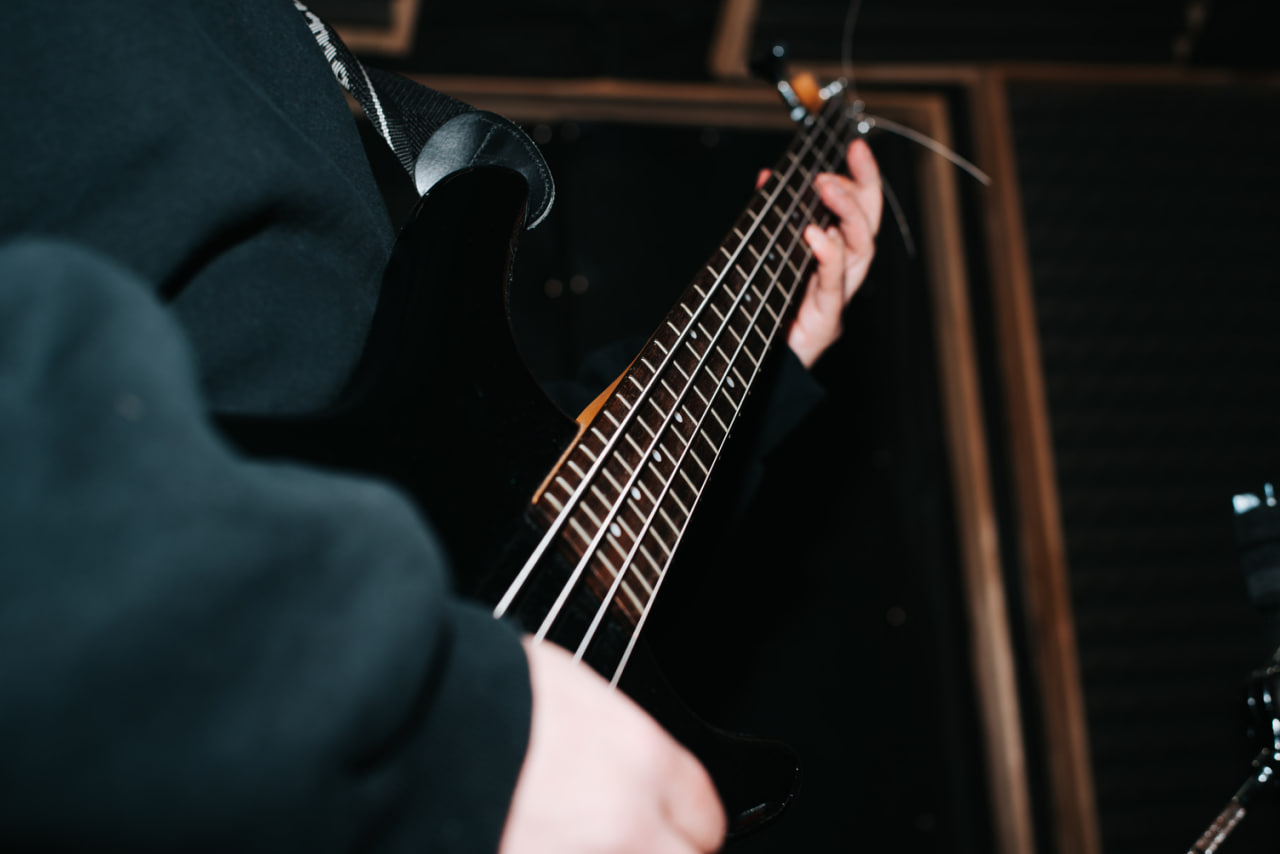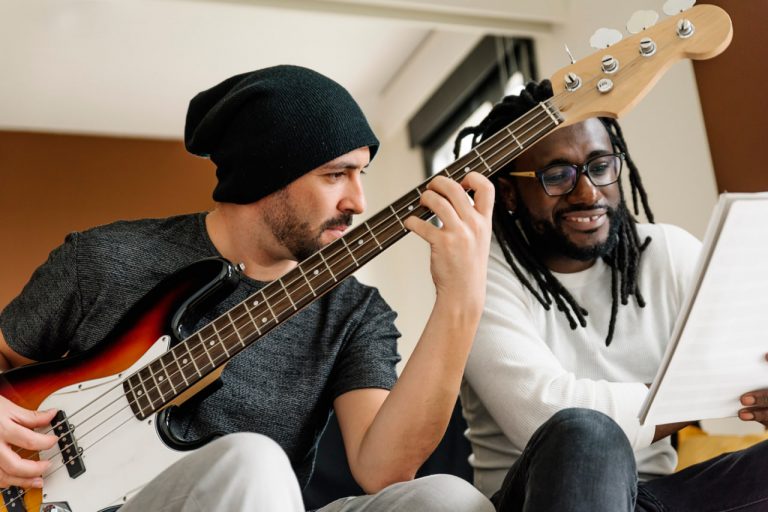Slap bass is one of the most distinctive and exciting techniques in bass playing, known for its sharp, percussive sound and funky rhythm. Popularized by legendary bassists like Larry Graham, Flea, and Marcus Miller, slap bass adds energy, groove, and a unique character to any music style, especially funk, soul, and pop. For bassists looking to inject flair and dynamic rhythm into their playing, mastering slap bass basics is a must. This blog will guide you through the fundamental techniques, tips, and exercises to get started with slap bass.
What Is Slap Bass?
Slap bass involves striking the strings with the thumb (slapping) and pulling them away from the fretboard with the fingers (popping). This creates a bright, punchy, and rhythmic sound that stands out in a mix. Unlike traditional fingerstyle playing, slap bass emphasizes rhythm and percussive elements, often mimicking drum sounds while maintaining melodic bass lines.
The Basic Slap Technique
The core of slap bass is the slap motion using your thumb. To perform a slap, position your thumb so it strikes the string near the base of the neck pickup or the fretboard’s edge. The motion should come from the wrist, not the arm, to maintain control and prevent fatigue.
The thumb should hit the string with enough force to create a clear, sharp sound but avoid excessive pressure that can cause discomfort or unwanted noise. Start slowly to build accuracy and consistency.
The Pop Technique
Popping complements slapping by adding a high-pitched, snapping sound. To pop a string, use your index or middle finger to hook under the string and pull it away from the fretboard, then release it so the string snaps back against the frets.
Typically, the higher strings (G or D) are popped for contrast against the lower slapped notes. Like slapping, the pop requires controlled finger motion and timing to blend smoothly with the slap.
Coordinating Slap and Pop
Combining slap and pop creates the signature funky groove of slap bass. Common patterns alternate between thumb slaps on the lower strings and finger pops on the higher strings. Practice simple exercises that alternate slap and pop at a slow tempo, gradually increasing speed as you gain confidence.
Focusing on timing and clean execution is essential. A metronome or backing track can help keep your rhythm tight and consistent.
Muting and Noise Control
Slap bass can produce unwanted string noise if not controlled properly. Muting is critical to keeping your playing clean. Use your left-hand fingers to lightly touch inactive strings, preventing them from ringing.
Additionally, your right hand’s palm or the side of your thumb can mute strings after slapping or popping to reduce excess resonance. Developing effective muting takes practice but greatly improves the clarity of your slap bass lines.
Essential Exercises for Beginners
- Thumb Slap Practice: Isolate the slap motion by striking the open E string with your thumb repeatedly at a slow tempo. Focus on even timing and clear sound.
- Pop Practice: Pull and release the open G string with your index finger, maintaining control and consistency.
- Slap-Pop Alternation: Combine the two by slapping the E string and popping the G string alternately, slowly building speed.
- Simple Grooves: Apply slap and pop in basic rhythmic patterns like “slap, slap, pop, pop” or “slap, pop, slap, pop” to develop coordination.
Expanding Your Slap Bass Vocabulary
Once you master the basics, explore variations like double thumb slapping, ghost notes, hammer-ons, and pull-offs within slap patterns. Listening to slap bass players across genres will inspire you to develop your own style and incorporate slap into different musical contexts.
Slap Bass in Different Genres
While slap bass is most famously linked to funk, it also fits well in rock, pop, jazz, and even metal. Understanding how to adapt the technique to suit different grooves and song dynamics broadens your versatility as a bassist.




